If Hinduism has it right, and honey is one of the five elixirs of immortality, then I may be fated to a life everlasting, free of karmic debt; the fall honey flow at Stonegate Farm has been that good..
Unlike the Spring harvest, which was translucent and sweet from the nectar of orchard blossoms, the fall forage from goldenrod, calendula, anise, cosmos, and borage has been transformed into a honey that is slow-moving and dark; a10w30 shade of sweet, raw crude.
When we pulled heavy fames of comb from our hives last week, the long, liquid pour of deep amber that emerged was remarkable. It seemed to contain all of the sun’s complex energy; elaborated by flowers and bees, and ambrosia for us.
The harvest begins with a smoke (a universal sedative, it seems) to distract the bees. They assume there’s a fire and gorge on honey, and not you, as a survival instinct. Then frames are pulled from the upper hives boxes, or supers, and the comb in uncapped with a hot knife and spun in a centrifuge-like extractor until the cells are empty. The raw honey is then filtered of pollen, odd bee parts, and flecks of comb and decanted into jars. Then you just stare at it for a while with slack-jawed wonder.
It’s important to take only enough, of course. Though bees are terrific doomsday hoarders, they’ve stored all that honey for themselves, not for you. With autumn’s transition into winter, it’s requiem time at the farm, lacrimosa, and the bees know it. Taking their honey is a tacit but tense agreement between you and wildness: You manage the property and pay the bills, and they’ll share the sweet stuff.
They are truly wild and miraculous things, honeybees, and have been cultivated and coveted by humans for thousands of years. With their organizational rigor, their mysterious chemical chatter, the Euclidian symmetry of their hives, it hard not be impressed. Most amazing is their selflessness, their collaborative understanding of the common good (are you listening, Washington?). Even if the colony is a kind of macro “self,” and individual bees are mere neurons, incapable of independent thought outside the hive’s collective consciousness, they seem to have created a utopian survival mechanism worth envying. We should be so lucky..
Our cultured bees (Apis mellifera) not only create honey, of course, but they’re our primary pollinators, responsible for thirty percent of the food we humans eat. So their survival is linked closely to our own, not only for the fruits and vegetables they fertilize, but for what they can teach us about working together to save our own hive.
“Well,” said Pooh, “what I like best,” and then he had to stop and think. Because although Eating Honey was a very good thing to do, there was a moment just before you began to eat it which was better than when you were, but he didn’t know what it was called.” ― A.A. Milne, Winnie-the-Pooh
Photography by Matthew Benson Foto
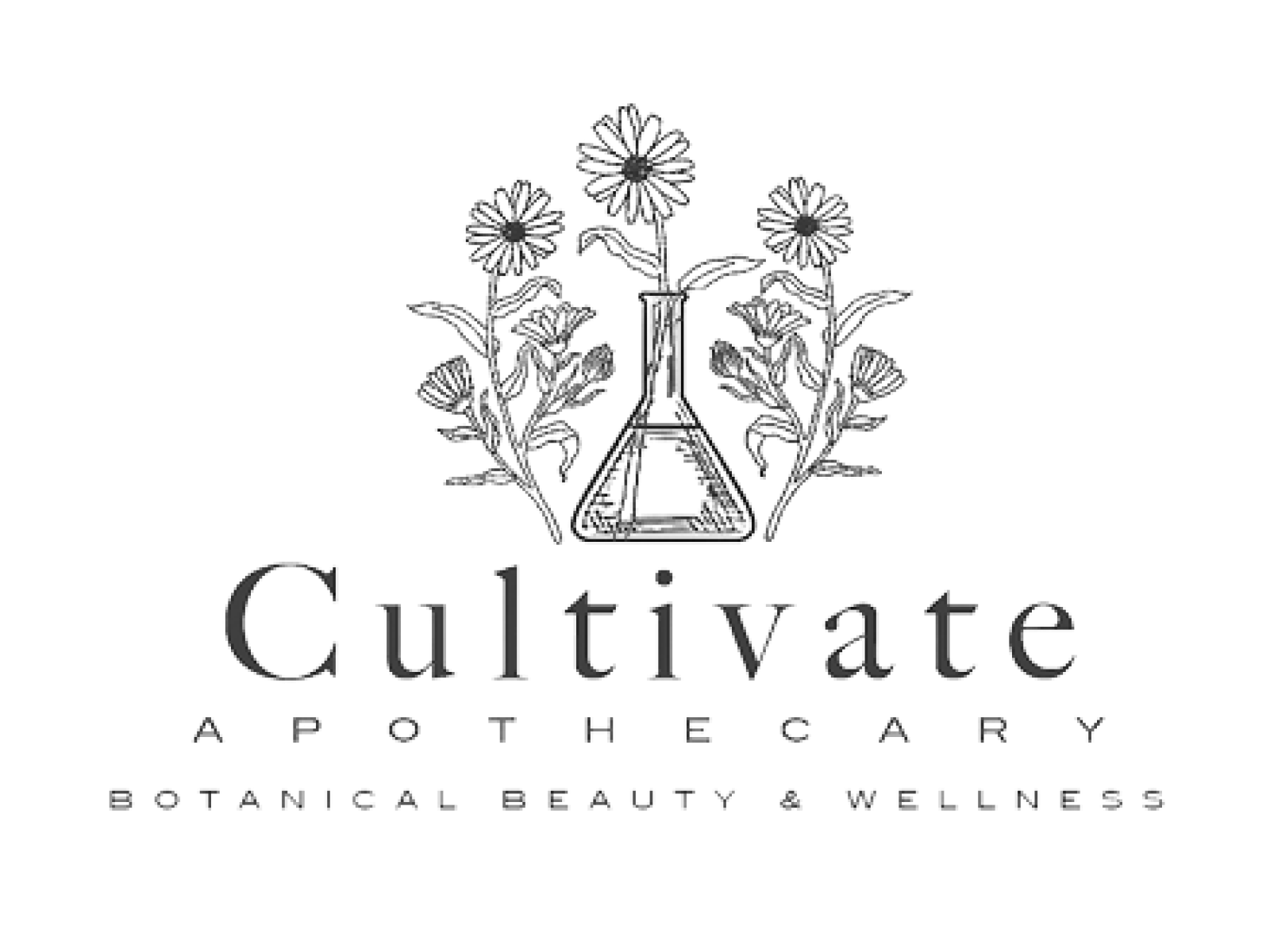
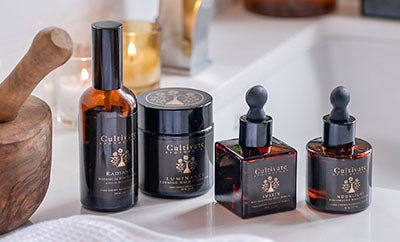

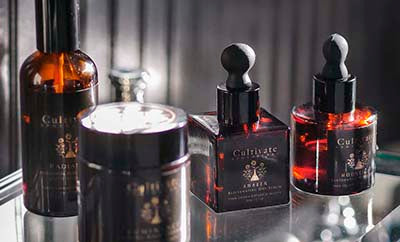
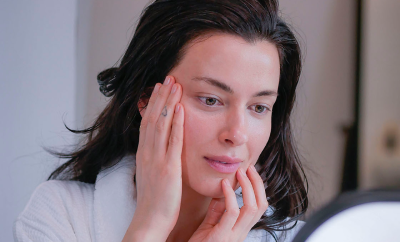

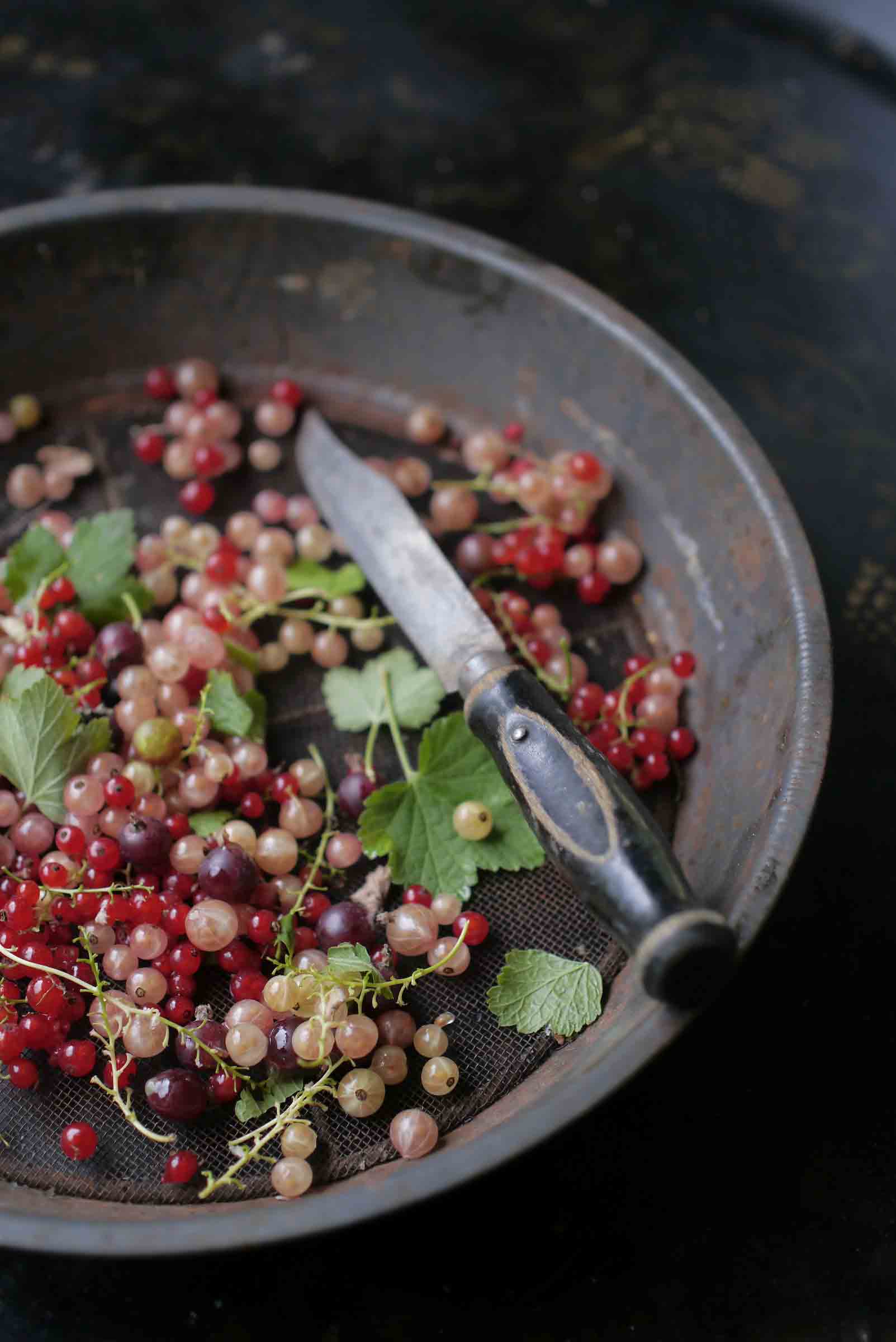
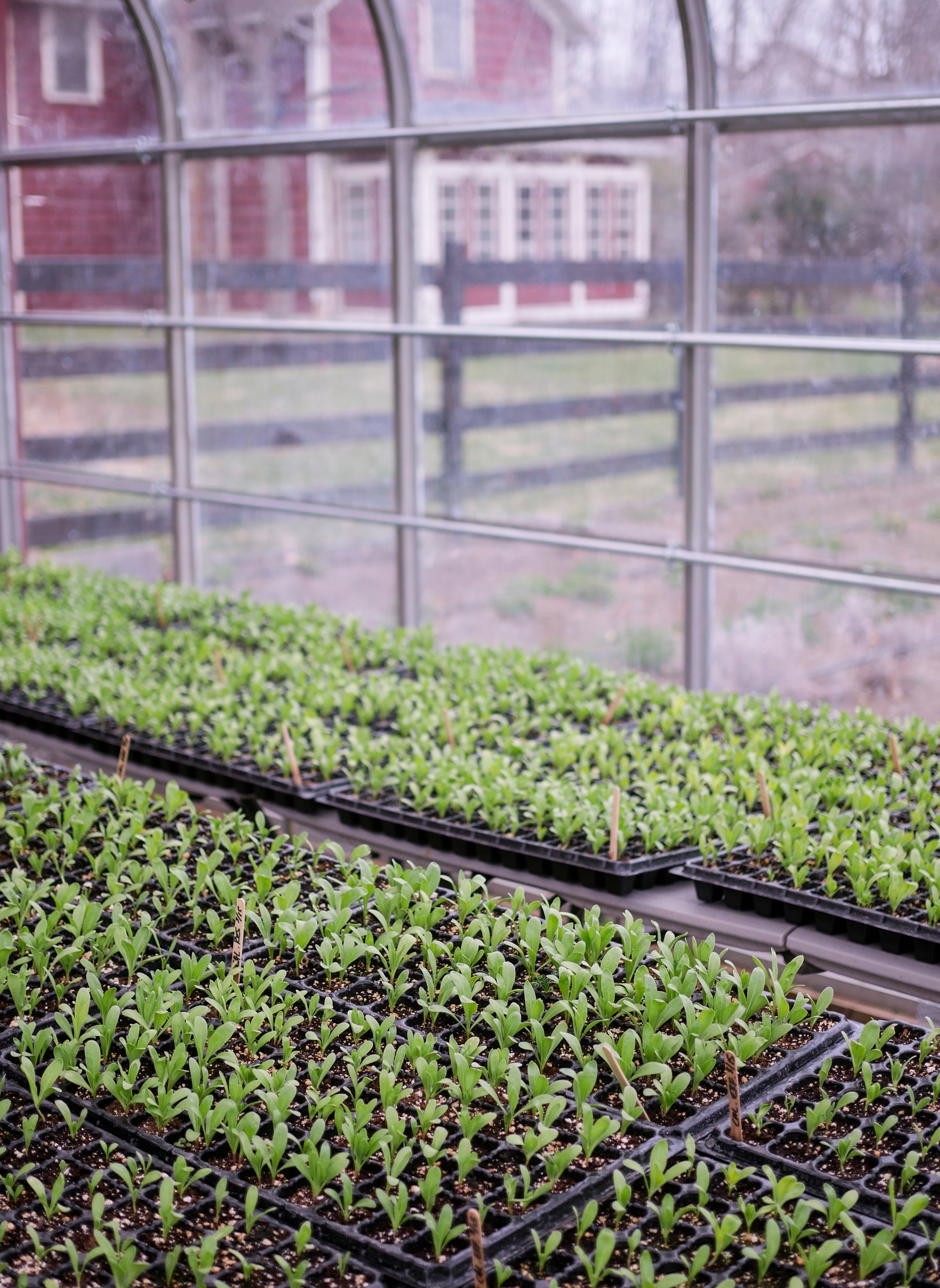

Leave a comment